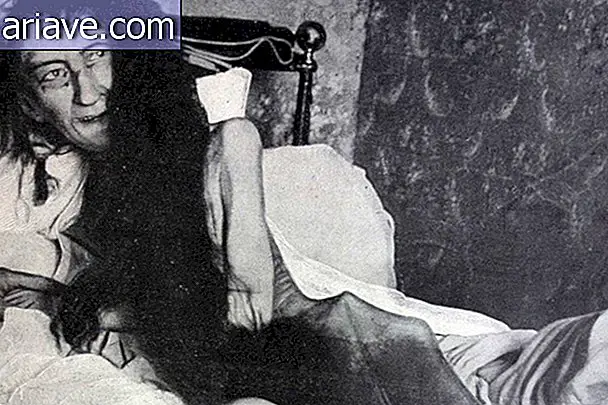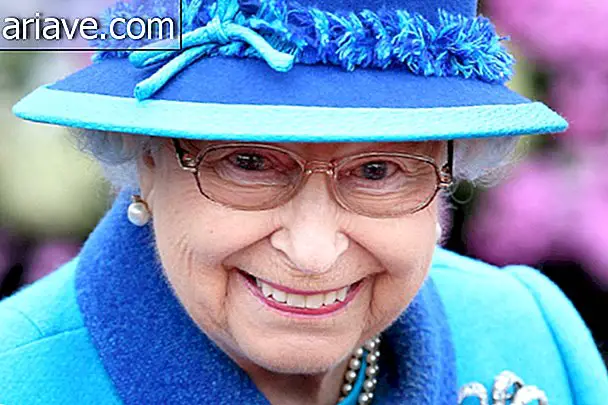Which row goes faster, left or right?
The situation is extremely common: you go to the market, pick up all the items that are on your list, pick up some that weren't (also known as goodies) and then head to the cashier area to pay for your purchases and return home. .
You circle around a little to see where the lines are shorter and you will invariably come across two that look equally good next to each other. At this point, it's time to test your luck against Murphy's law - which says that if a situation has a chance of going wrong, it will go wrong in the worst possible way - and pick one of them. And practically every time, you decide on the slowest. Damn it!
This question haunts humanity so much that a branch of mathematics was created just to unravel the answer to these situations, called queuing theory. I mean, it was not created specifically for that, but it also serves. Calm down, let's explain this whole story better.

Where the line started
During the 1910s, Danish engineer and mathematician Agner Krarup Erlang was trying to determine how many telephone lines would be needed to keep the city of Copenhagen from being jammed. At the same time, there would be no point in putting too many lines, since the local telephone company did not want to pay for equipment that they would not use.
Since calls were then completed by telephone operators who had to plug and unplug cables into a panel, the number of lines really was an important issue. After all, besides the equipment, would it be necessary to hire and train how many girls to perform the service to their satisfaction?
That put the Dane's name in the history of telephony. Erlang became a telephone measuring unit, used to measure the volume of call traffic. Their calculations were the basis not only for this, but also for traffic engineering, the Internet itself and its data transmissions, and even the arrangement of factory structures.

Queue Theory
Telephone waiting is not that different from the endless queues we often have to face in supermarkets if you stop to think about it for a moment. Basically, we need to wait for someone to finish what they are doing so that it is our turn to do the same.
Queue theorists found that if people formed serpentine queues — common in banks where people go to the next free attendant — queues in supermarkets would go much faster. Some places even adopt this model, but it is still mostly restricted to customers who want to buy a small amount of items.
But we still haven't answered the question we asked up there in the title of this story, right? For according to scholars in this curious mathematical branch, since most people are right-handed, they almost always tend to involuntarily go to their right. Therefore, the left row has a higher mathematical probability of walking faster.

Just hope other people in the supermarket at the same time that you have not read this article before leaving home and good shopping.











